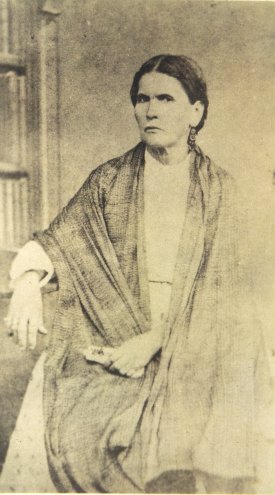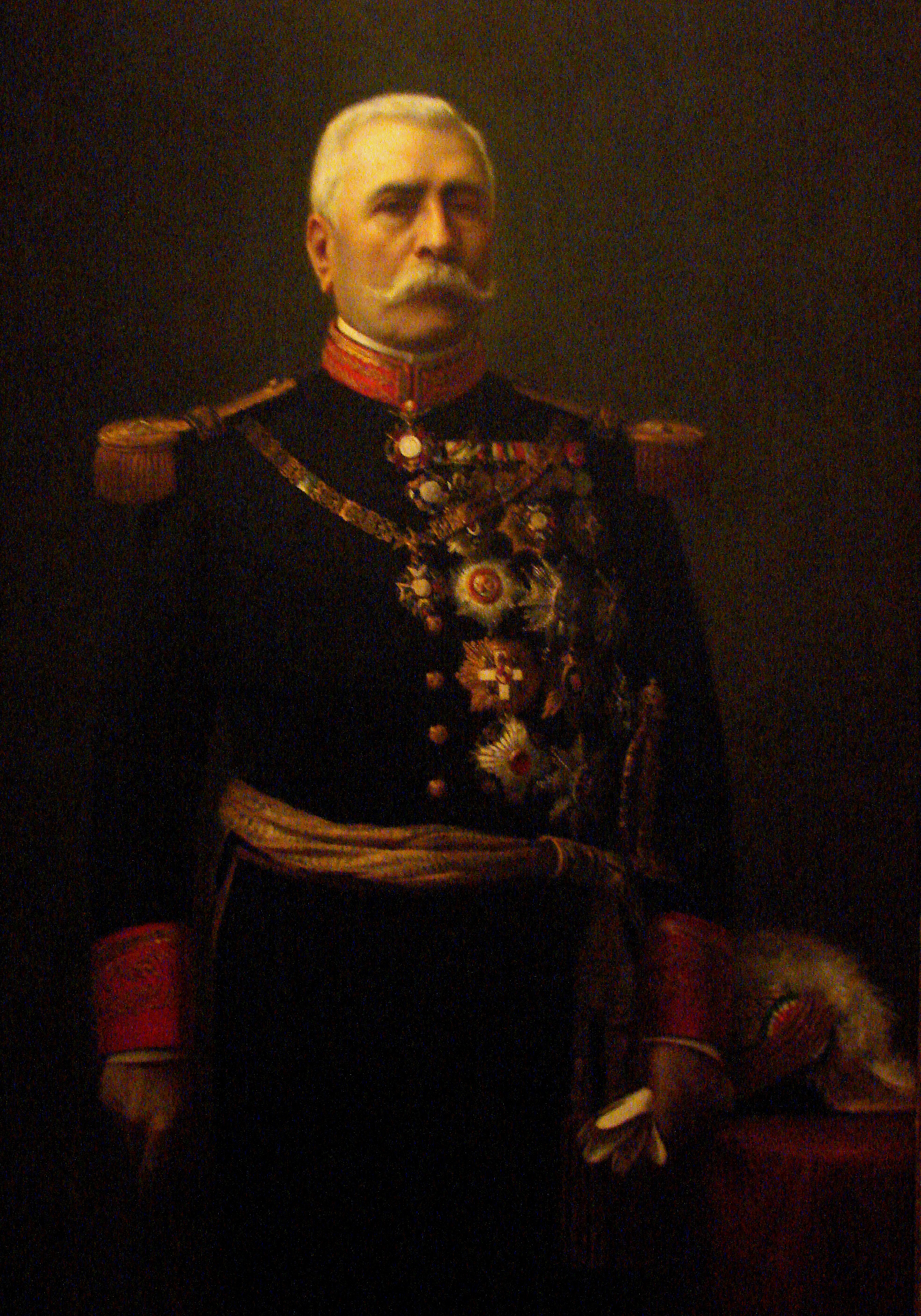|
Mina, Nuevo León
Mina is town and municipality located in the Northwestern part of the northeastern Mexican state of Nuevo León. The population was 4,309 at the 2005 census. Its name honors Spaniard insurgent general Francisco Javier Mina, who fought for the Mexican side in the independence movement from Spain. Located at the northwestern part of the state of Nuevo León. Mina is a renowned tourist destination, for its mysticism and legends in the state of Nuevo León. History The municipality is part of a historical region called Valle de Salinas (Spanish for 'Salinas Valley') which was an administrative area of the New Kingdom of León during the Spanish colonial period. It was founded in 1608 by Canarian captain Bernabé de las Casas along with other Spanish and Canarian's settlers establishing the San Francisco de Cañas settlement (Named for Saint Francis of Assisi and ''cañas'', a Spanish word for " reeds"), as it was established in a place surrounded by water springs and reeds, poss ... [...More Info...] [...Related Items...] OR: [Wikipedia] [Google] [Baidu] |
Municipalities Of Nuevo León
Nuevo León is a state in Northeast Mexico that is divided into 51 municipalities. According to the 2020 Mexican Census, it is the seventh most populated state with inhabitants and the 13th largest by land area spanning . Municipalities in Nuevo León are administratively autonomous of the state according to the 115th article of the 1917 Constitution of Mexico. Every three years, citizens elect a municipal president (Spanish: ''presidente municipal'') by a plurality voting system who heads a concurrently elected municipal council (''ayuntamiento'') responsible for providing all the public services for their constituents. The municipal council consists of a variable number of trustees and councillors (''regidores y síndicos''). Municipalities are responsible for public services (such as water and sewerage), street lighting, public safety, traffic, and the maintenance of public parks, gardens and cemeteries. They may also assist the state and federal governments in education, em ... [...More Info...] [...Related Items...] OR: [Wikipedia] [Google] [Baidu] |
El Carmen, Nuevo León
El Carmen, often known as "Carmen", is a town and municipality of the northeastern Mexican state of Nuevo León. The population was 6,996 at the 2005 census. Located in the Salinas Valley region, it is one of the smallest municipalities of the state of Nuevo León, is bordered by the municipalities of Salinas Victoria at North and East, General Escobedo at South, Abasolo and Hidalgo at West. As of 2009, its population is projected to be much higher than it was in the last census, as there is a large number of people moving to this municipality and surrounded municipalities, mainly people from other places outside Nuevo León, because of the lower house prices, compared to that of Monterrey, and the increasing potential of the region due to the relatively close distance to Monterrey, and constant expansion of its metropolitan area, which is estimated to absorb this municipality soon. Localities History The area was settled by Canarian captain Bernanbé de las Casas, who, with ... [...More Info...] [...Related Items...] OR: [Wikipedia] [Google] [Baidu] |
Porfirio Díaz
José de la Cruz Porfirio Díaz Mori ( or ; ; 15 September 1830 – 2 July 1915), known as Porfirio Díaz, was a Mexican general and politician who served seven terms as President of Mexico, a total of 31 years, from 28 November 1876 to 6 December 1876, 17 February 1877 to 1 December 1880 and from 1 December 1884 to 25 May 1911. The entire period from 1876 to 1911 is often referred to as Porfiriato and has been characterized as a ''de facto'' dictatorship. A veteran of the War of the Reform (1858–1860) and the French intervention in Mexico (1862–1867), Díaz rose to the rank of general, leading republican troops against the French-backed rule of Maximilian I. He subsequently revolted against presidents Benito Juárez and Sebastián Lerdo de Tejada on the principle of no re-election. Díaz succeeded in seizing power, ousting Lerdo in a coup in 1876, with the help of his political supporters, and was elected in 1877. In 1880, he stepped down and his political ally Manue ... [...More Info...] [...Related Items...] OR: [Wikipedia] [Google] [Baidu] |
Mariano Escobedo
Mariano Antonio Guadalupe Escobedo de la Peña (16 January 1826 – 22 May 1902) was a Mexican Army general and Governor of Nuevo León. Early life Mariano Escobedo was born in San Pablo de los Labradores (which is today known as Galeana), Nuevo León on 16 January 1826. He was the youngest of six children born to Manuel Escobedo and Rita de la Peña. Military career In 1854 he defended from the liberal rows the Plan of Ayutla that ended the dictatorship of Antonio López de Santa Anna. He took part in the Battle of Puebla on 5 May 1862, in Puebla, where thanks to his bravery, was promoted to colonel of cavalry. Later, he was promoted to general and organized an Army Corps which fought against the French invading troops, defeating them and capturing emperor Maximilian I in Querétaro (1867). During the presidency of Benito Juárez (1858–1872) Mariano Escobedo was named commander-in-chief of the northern zone and after the restoration of the Mexican republic, he was gover ... [...More Info...] [...Related Items...] OR: [Wikipedia] [Google] [Baidu] |
Mexican Revolution
The Mexican Revolution ( es, Revolución Mexicana) was an extended sequence of armed regional conflicts in Mexico from approximately 1910 to 1920. It has been called "the defining event of modern Mexican history". It resulted in the destruction of the Federal Army and its replacement by a revolutionary army, and the transformation of Mexican culture and government. The northern Constitutionalist faction prevailed on the battlefield and drafted the present-day Constitution of Mexico, which aimed to create a strong central government. Revolutionary generals held power from 1920 to 1940. The revolutionary conflict was primarily a civil war, but foreign powers, having important economic and strategic interests in Mexico, figured in the outcome of Mexico's power struggles. The United States played an especially significant role. Although the decades-long regime of President Porfirio Díaz (1876–1911) was increasingly unpopular, there was no foreboding in 1910 that a revoluti ... [...More Info...] [...Related Items...] OR: [Wikipedia] [Google] [Baidu] |
Santiago Vidaurri
José Santiago Vidaurri Valdez (July 24, 1809 – July 8, 1867) was a controversial and powerful governor of the northern Mexican states of Nuevo León and Coahuila between 1855 and 1864. He was an advocate of federalism. In 1855, he supported the liberal Revolution of Ayutla, which overthrew the dictatorship of Santa Anna. Vidaurri stood by the liberal president Benito Juárez during the subsequent War of the Reform, during which Vidaurri commanded the liberal armies of the north. During the American Civil War, he sought advantageous trade relationships with the neighboring Confederate States of America, and, during the Second French Intervention in Mexico, he broke with Juárez and supported the Second Mexican Empire. When the Empire fell in 1867, Vidaurri was captured and executed by the restored Republican government. In Nuevo León he remains an important historical figure. Early life Vidaurri was born in Villa Punta de Lampazos, New Kingdom of León on July 24, 1 ... [...More Info...] [...Related Items...] OR: [Wikipedia] [Google] [Baidu] |
Hacienda Del Muerto
An ''hacienda'' ( or ; or ) is an estate (or '' finca''), similar to a Roman '' latifundium'', in Spain and the former Spanish Empire. With origins in Andalusia, ''haciendas'' were variously plantations (perhaps including animals or orchards), mines or factories, with many ''haciendas'' combining these activities. The word is derived from Spanish ''hacer'' (to make, from Latin ''facere'') and ''haciendo'' (making), referring to productive business enterprises. The term ''hacienda'' is imprecise, but usually refers to landed estates of significant size, while smaller holdings were termed '' estancias'' or '' ranchos''. All colonial ''haciendas'' were owned almost exclusively by Spaniards and criollos, or rarely by mestizo individuals. In Mexico, as of 1910, there were 8,245 haciendas in the country. In Argentina, the term ''estancia'' is used for large estates that in Mexico would be termed ''haciendas''. In recent decades, the term has been used in the United States for ... [...More Info...] [...Related Items...] OR: [Wikipedia] [Google] [Baidu] |
Texas
Texas (, ; Spanish language, Spanish: ''Texas'', ''Tejas'') is a state in the South Central United States, South Central region of the United States. At 268,596 square miles (695,662 km2), and with more than 29.1 million residents in 2020, it is the second-largest U.S. state by both List of U.S. states and territories by area, area (after Alaska) and List of U.S. states and territories by population, population (after California). Texas shares borders with the states of Louisiana to the east, Arkansas to the northeast, Oklahoma to the north, New Mexico to the west, and the Mexico, Mexican States of Mexico, states of Chihuahua (state), Chihuahua, Coahuila, Nuevo León, and Tamaulipas to the south and southwest; and has a coastline with the Gulf of Mexico to the southeast. Houston is the List of cities in Texas by population, most populous city in Texas and the List of United States cities by population, fourth-largest in the U.S., while San Antonio is the second most pop ... [...More Info...] [...Related Items...] OR: [Wikipedia] [Google] [Baidu] |
Apache
The Apache () are a group of culturally related Native American tribes in the Southwestern United States, which include the Chiricahua, Jicarilla, Lipan, Mescalero, Mimbreño, Ndendahe (Bedonkohe or Mogollon and Nednhi or Carrizaleño and Janero), Salinero, Plains (Kataka or Semat or " Kiowa-Apache") and Western Apache ( Aravaipa, Pinaleño, Coyotero, Tonto). Distant cousins of the Apache are the Navajo, with whom they share the Southern Athabaskan languages. There are Apache communities in Oklahoma and Texas, and reservations in Arizona and New Mexico. Apache people have moved throughout the United States and elsewhere, including urban centers. The Apache Nations are politically autonomous, speak several different languages, and have distinct cultures. Historically, the Apache homelands have consisted of high mountains, sheltered and watered valleys, deep canyons, deserts, and the southern Great Plains, including areas in what is now Eastern Arizona, Norther ... [...More Info...] [...Related Items...] OR: [Wikipedia] [Google] [Baidu] |
Comanche
The Comanche or Nʉmʉnʉʉ ( com, Nʉmʉnʉʉ, "the people") are a Native American tribe from the Southern Plains of the present-day United States. Comanche people today belong to the federally recognized Comanche Nation, headquartered in Lawton, Oklahoma. The Comanche language is a Numic language of the Uto-Aztecan family. Originally, it was a Shoshoni dialect, but diverged and became a separate language. The Comanche were once part of the Shoshone people of the Great Basin. In the 18th and 19th centuries, Comanche lived in most of present-day northwestern Texas and adjacent areas in eastern New Mexico, southeastern Colorado, southwestern Kansas, and western Oklahoma. Spanish colonists and later Mexicans called their historical territory '' Comanchería''. During the 18th and 19th centuries, Comanche practiced a nomadic horse culture and hunted, particularly bison. They traded with neighboring Native American peoples, and Spanish, French, and American colonists a ... [...More Info...] [...Related Items...] OR: [Wikipedia] [Google] [Baidu] |




